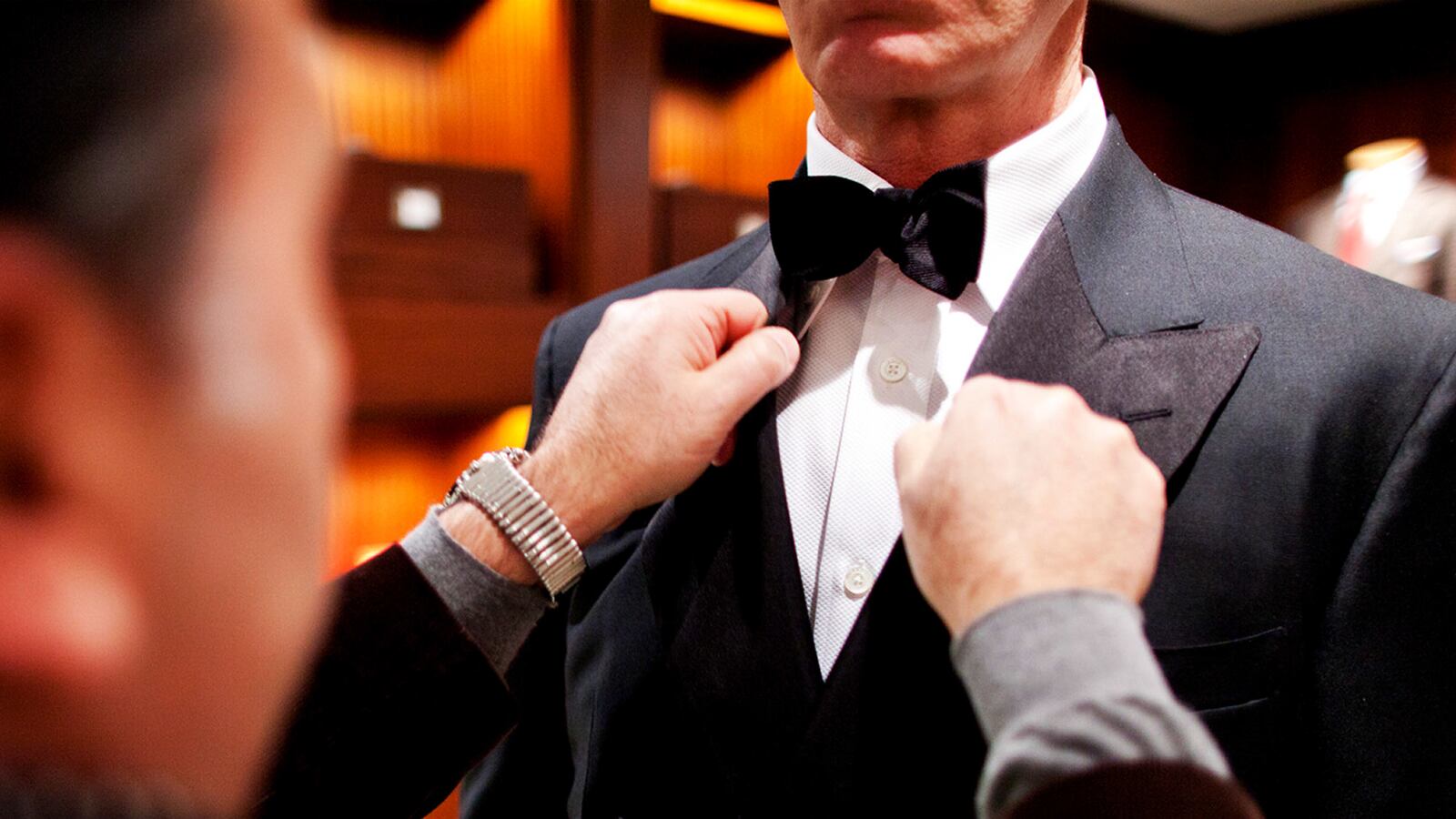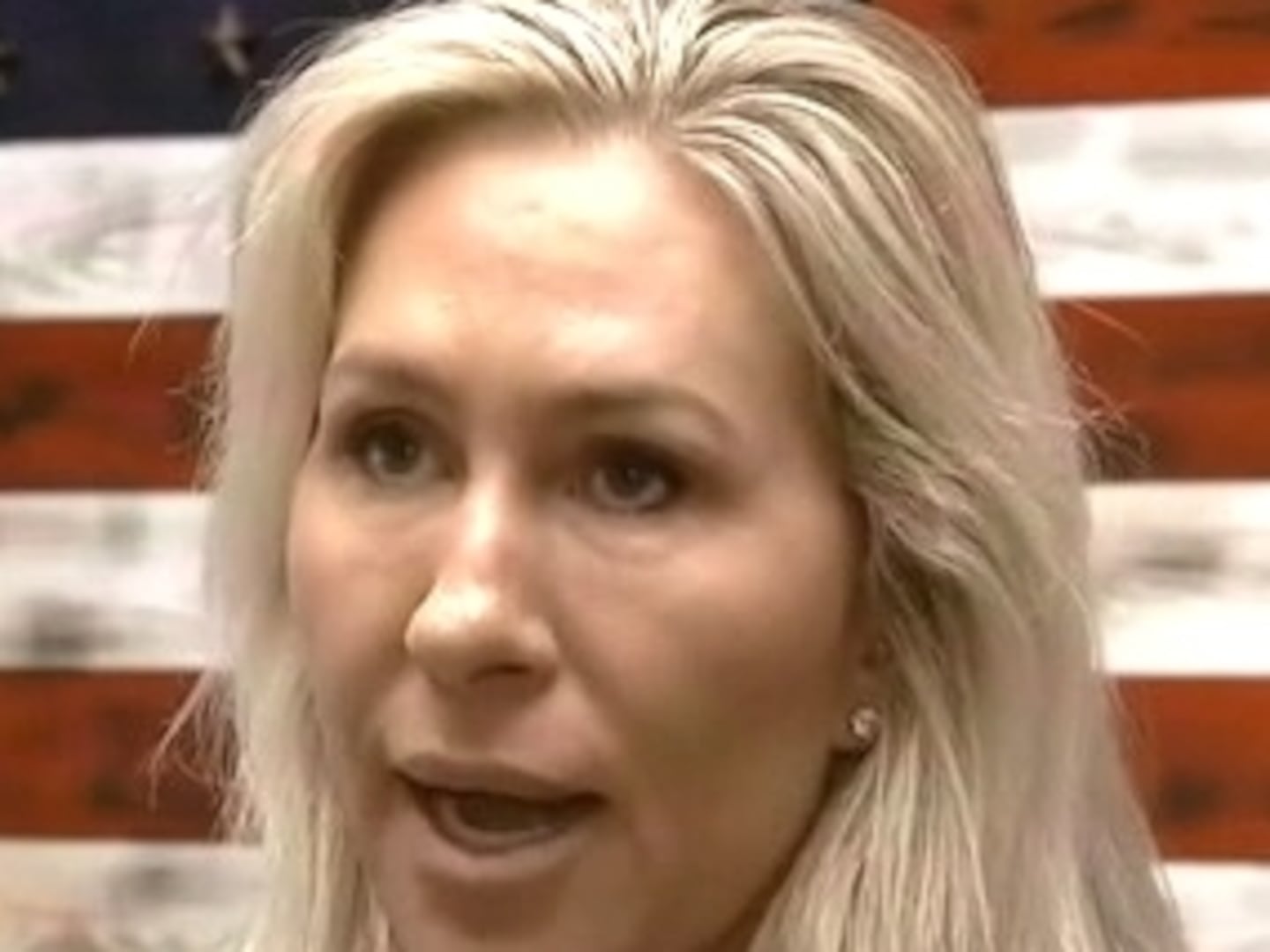It may well be steamy outside, but in department stores it’s already fall, since stores typically get their seasonal shipments of new items well in advance of temperatures actually changing. The choice of what clothing is for sale has been made by each retailer’s fashion director, the arbiter of taste with the ultimate say on what will be carried. It’s a job that involves attending fashion shows, meeting with designers afterwards to order a selection that’s targeted for each store’s specific clientele, frequently negotiating the rights to exclusively sell specific items and colorways, and, inevitably, having an innate sense of what the next big trends might be. With the awareness of an ever present bottom line, it’s a role that’s as pressured as it is glamourous.
For Tom Kalenderian, who oversees the menswear selection at Barneys New York, the task taps into decades of retail experience, an understanding of customer habits, and a healthy dose of creative trend forecasting.
“Being a merchant, you’re one part finance and you’re one part artist,” he explains. “At the end of the day, your instinct is just as valuable as the analysis that you do. I read a lot, I spend a lot of time looking at social [media], and I travel quite a bit. It’s important to me to understand what drives people to wear a certain style, and what’s coming up more and more often.”
Over the last couple seasons, menswear has been skewing drastically towards sportswear and its slouchy silhouette, propelled by brands like Vetements, which Barneys New York carries and has had substantial success with. While that look remains strong for fall, its appeal isn’t universal.
“It’s true that the street fashion side of fashion has a tremendous power today, but that’s not for everybody,” Kalenderian says. “It’s certainly strong and for the people that it’s right for, it’s a homerun.” The store’s sales of recent offerings by FEAR OF GOD and Justin Bieber—which, as Kalenderian puts it, “flew off the shelves”—prove the appeal of that kind of clothing, in spite of a high price point. (Nylon bomber jackets by the former brand are priced at more than $1000, for example, although they are lined with silk.)
Nonetheless, Kalenderian anticipates that a very different sensibility will begin to resonate with men this season. “What’s really important for fall is a return to formality in a small way,” he says. “You have to anticipate the next wave. We’ve been very careful to counterbalance some of the extreme casual that we’re presenting with very beautiful tailoring.”
He feels that Justin O’Shea’s recent, sleek collection for Brioni, which debuted in Paris last month, epitomizes the trend. “What we found that has invigorated the tailored world has been to focus on fit and the silhouette more than anything,” he says. “It has to be modern; it has to be slim. These guys all work out and they spend a tremendous amount of time doing things athletically. They’re always looking to change and update their wardrobe with the next slimmer silhouette.”
Kalenderian also anticipates a solid custom suiting business this fall. “It’s something that’s part ceremony and part prideful,” he says. “The ceremony of buying a custom made suit is something that comes from the enjoyment people get from developing a relationship with a specialist and creating a wardrobe that is, no pun intended, suited for you.” That exercise is, of course, the exact opposite of buying a trendy, oversized t-shirt or hoodie off the rack … and perhaps, for some shoppers, a more comfortingly solid investment in uneasy times.
While some offices have relaxed their dress codes, the appeal of suiting in general—albeit sometimes paired with sneakers or a relaxed backpack instead of a rigidly framed briefcase—still remains. “I’ve spoken to enough people in the finance world to know that they’re still buying suits and they’re still buying ties,” he says. “They’re still wearing their ties with their dress shirts, but maybe not every day and not every hour of the day. They’re obviously seeing the importance of wearing a suit and tie for client presentations.”
The current climate—and its disparate mix of clothing that’s formal and sporty—is just one of many fashion shifts that Kalenderian has seen in his more than 37 years at Barneys, where as executive vice president and general merchandise manager he oversees items for home and children as well as men.
“The business has changed dramatically in terms of the culture and the lifestyle of the client,” he reflects. “As the business evolves we’re always attracting new and younger customers. Naturally, the environment, the technology, and everything that surrounds what changes lifestyle also affects the culture of fashion in many ways. In fashion, we spend a lot of time focusing on what people need but the needs have changed because the way we live is so different.”






